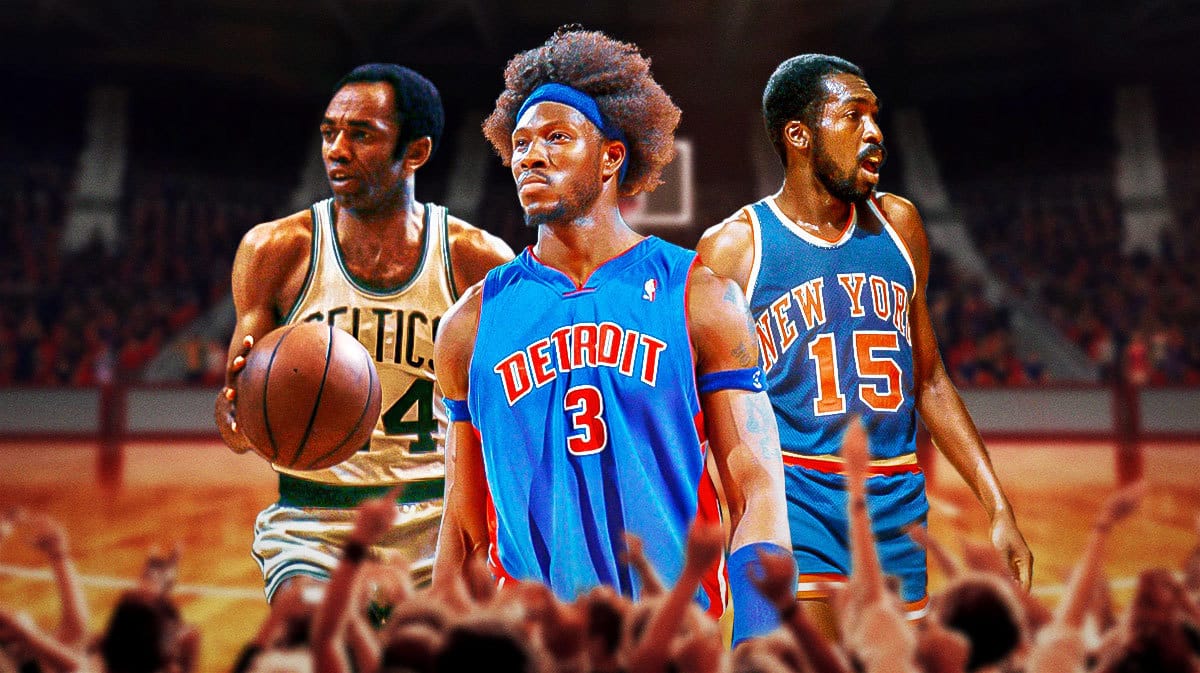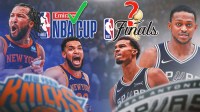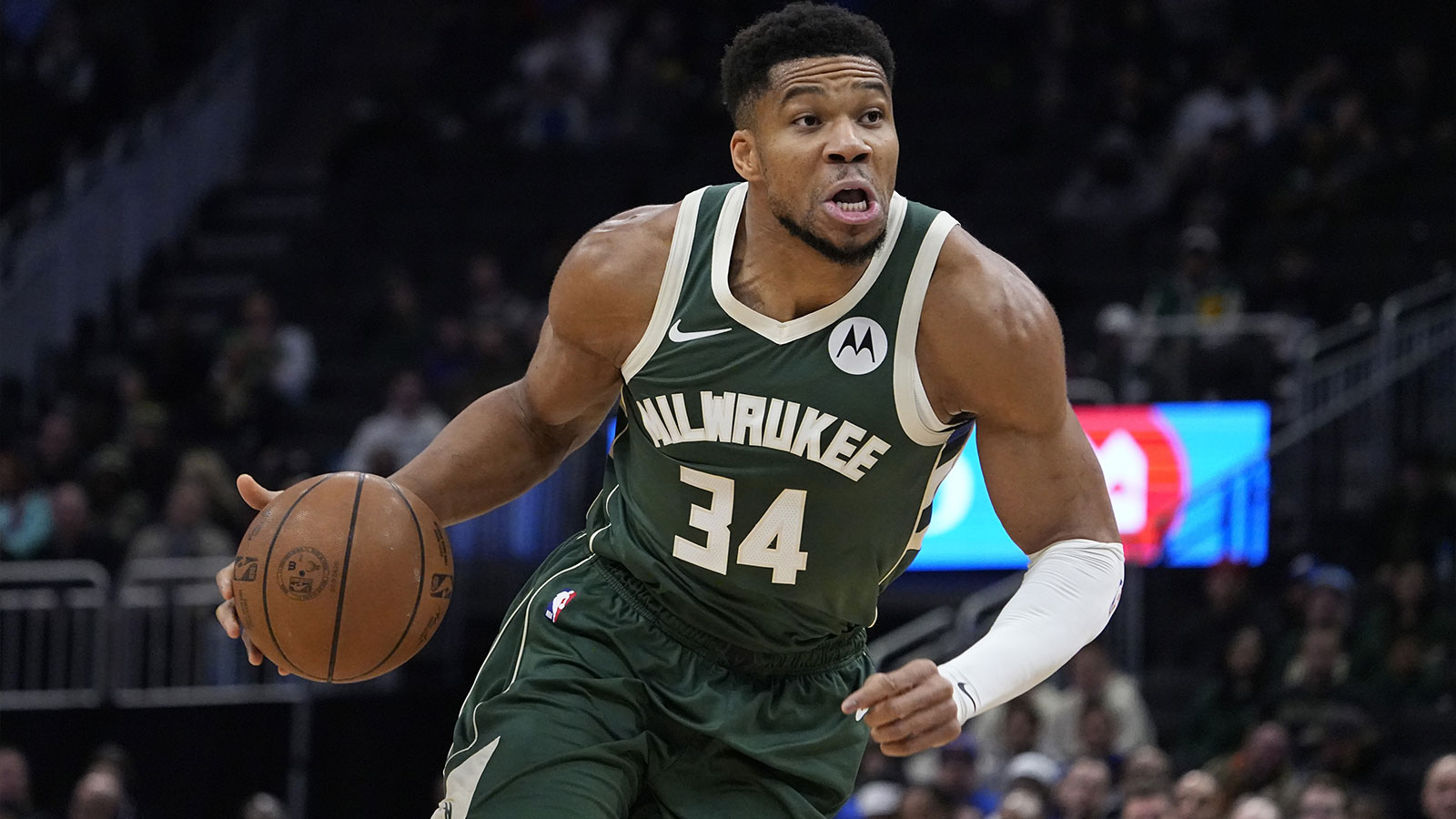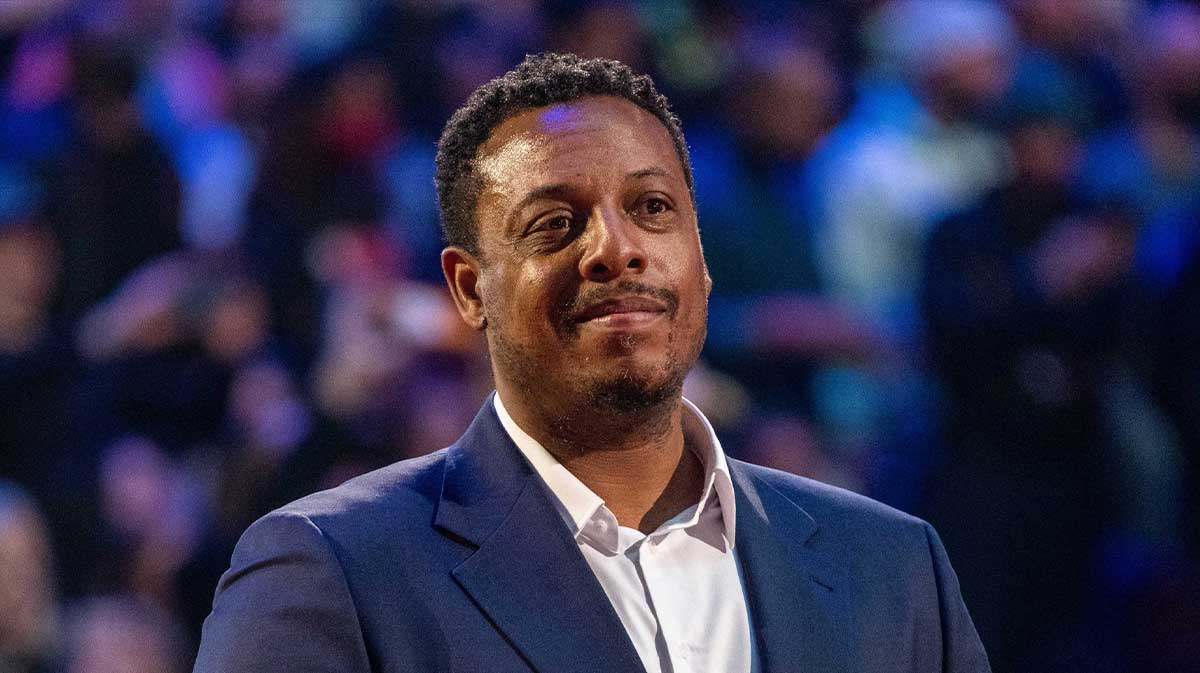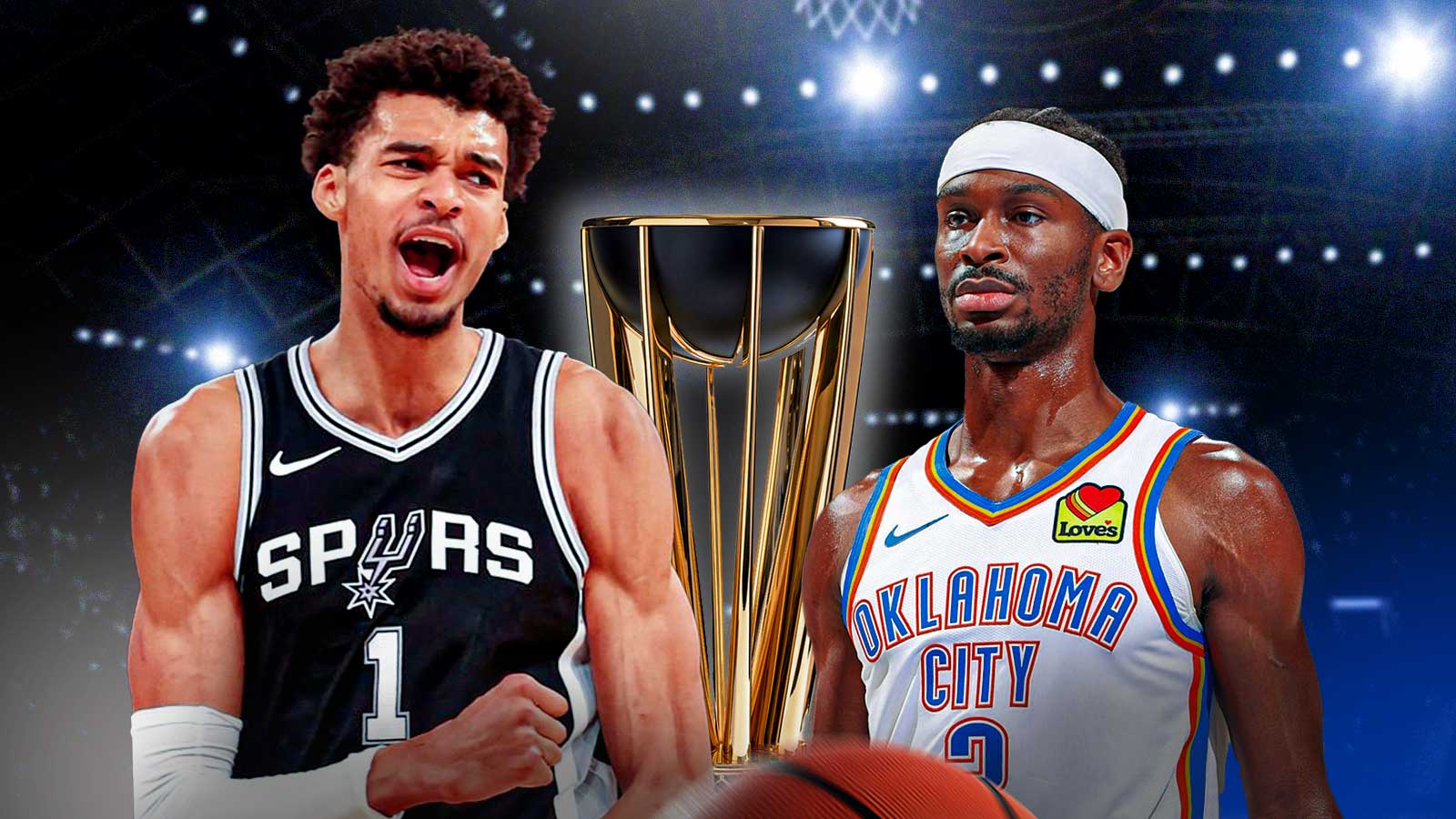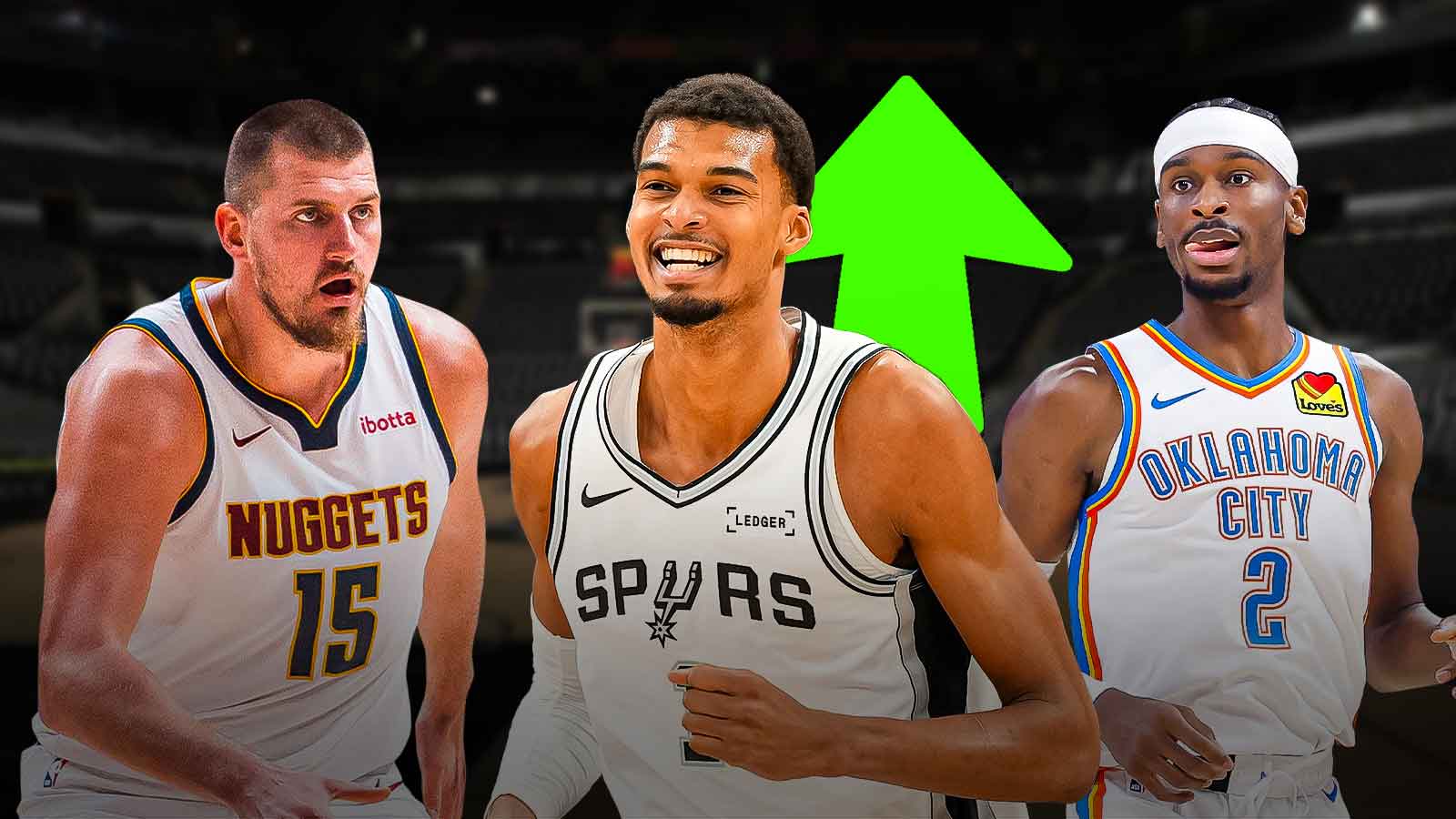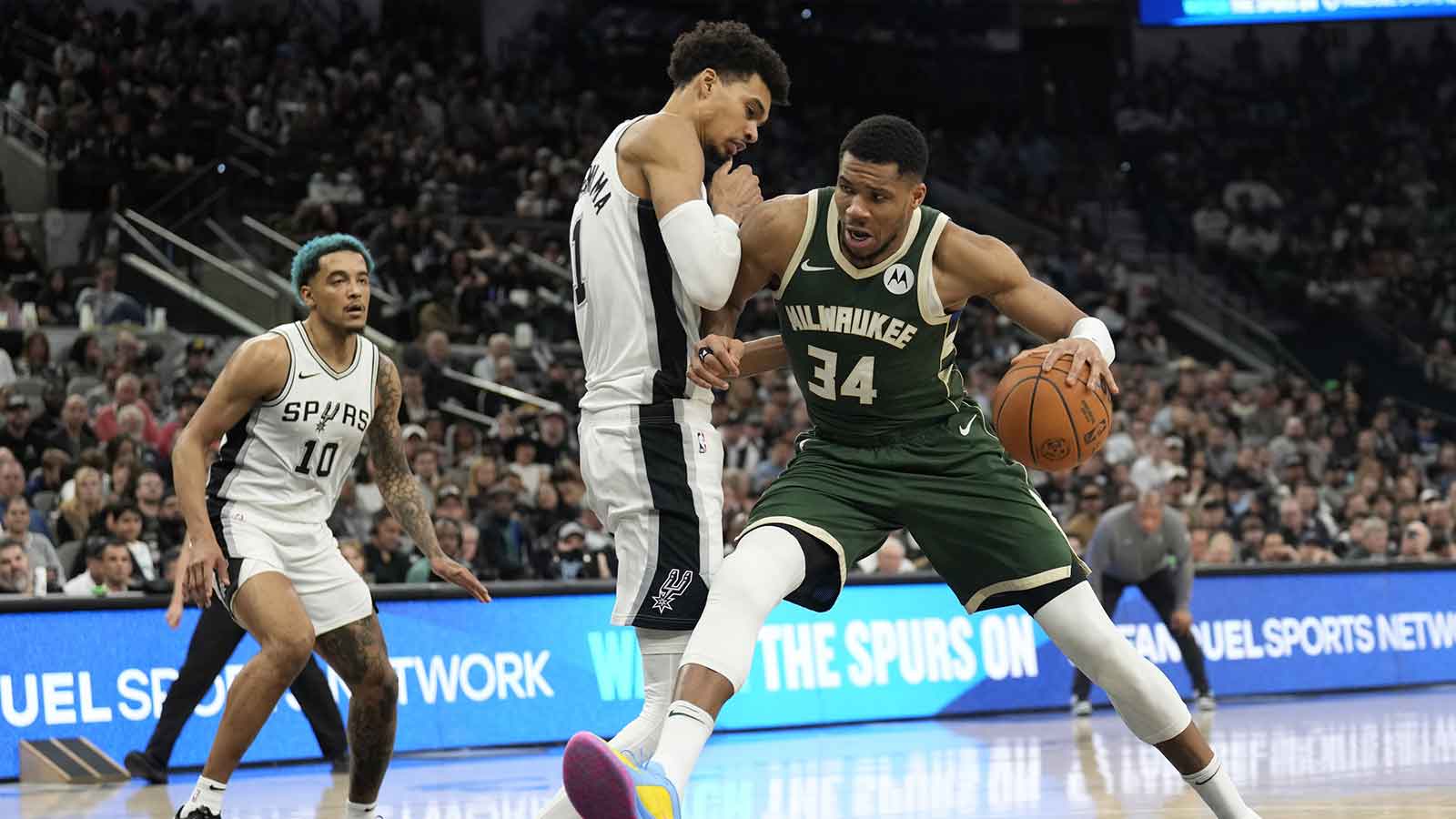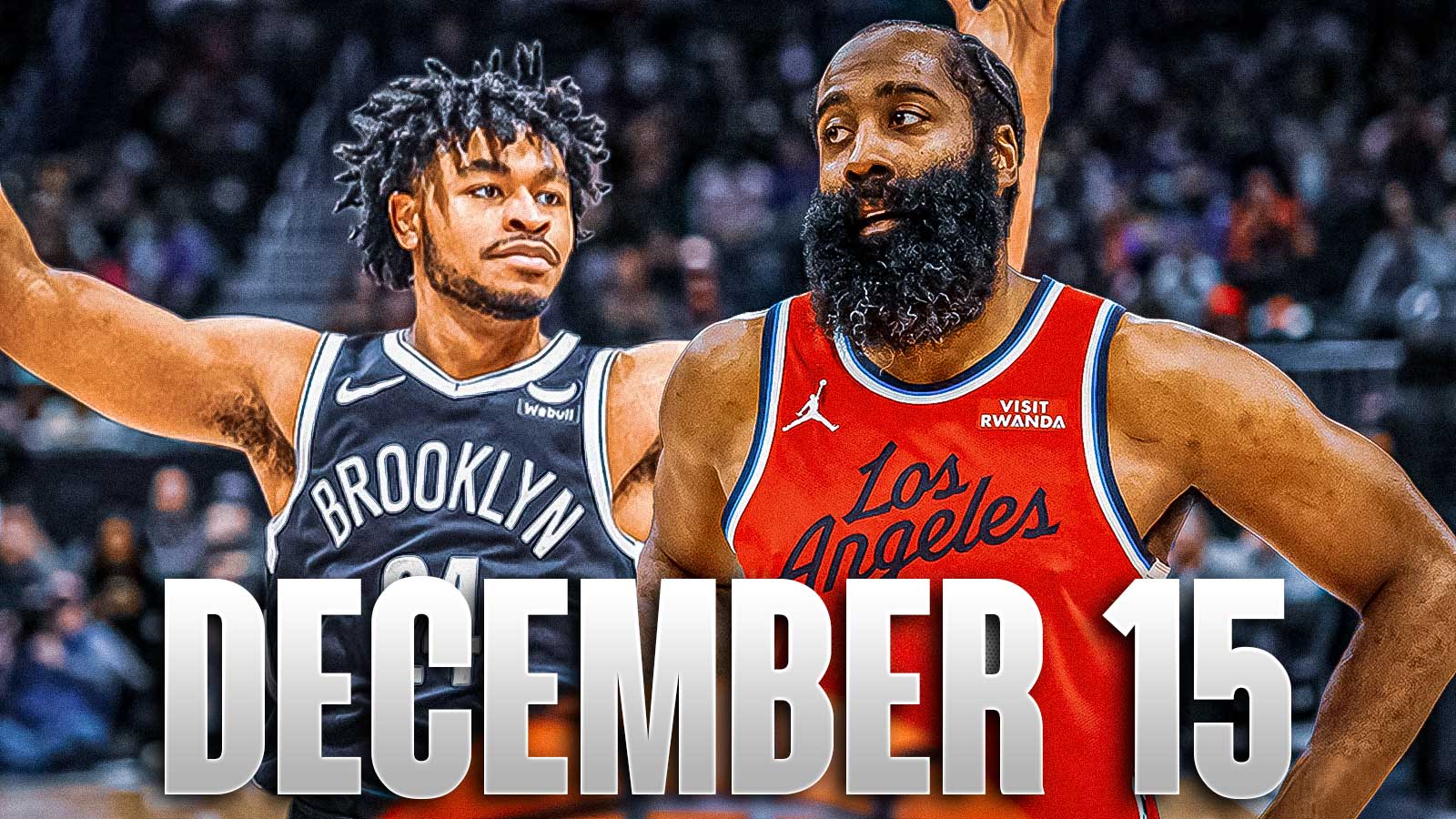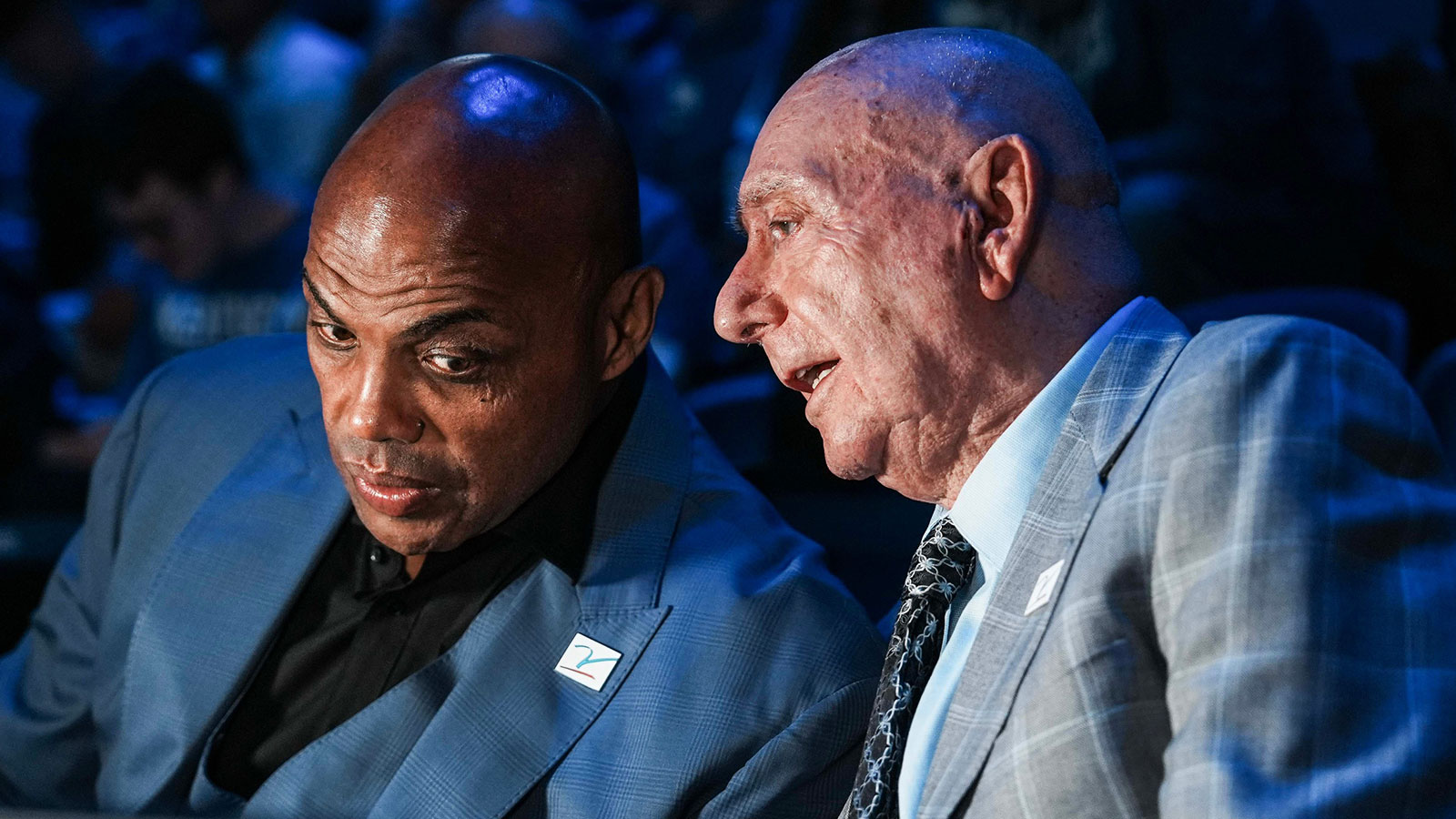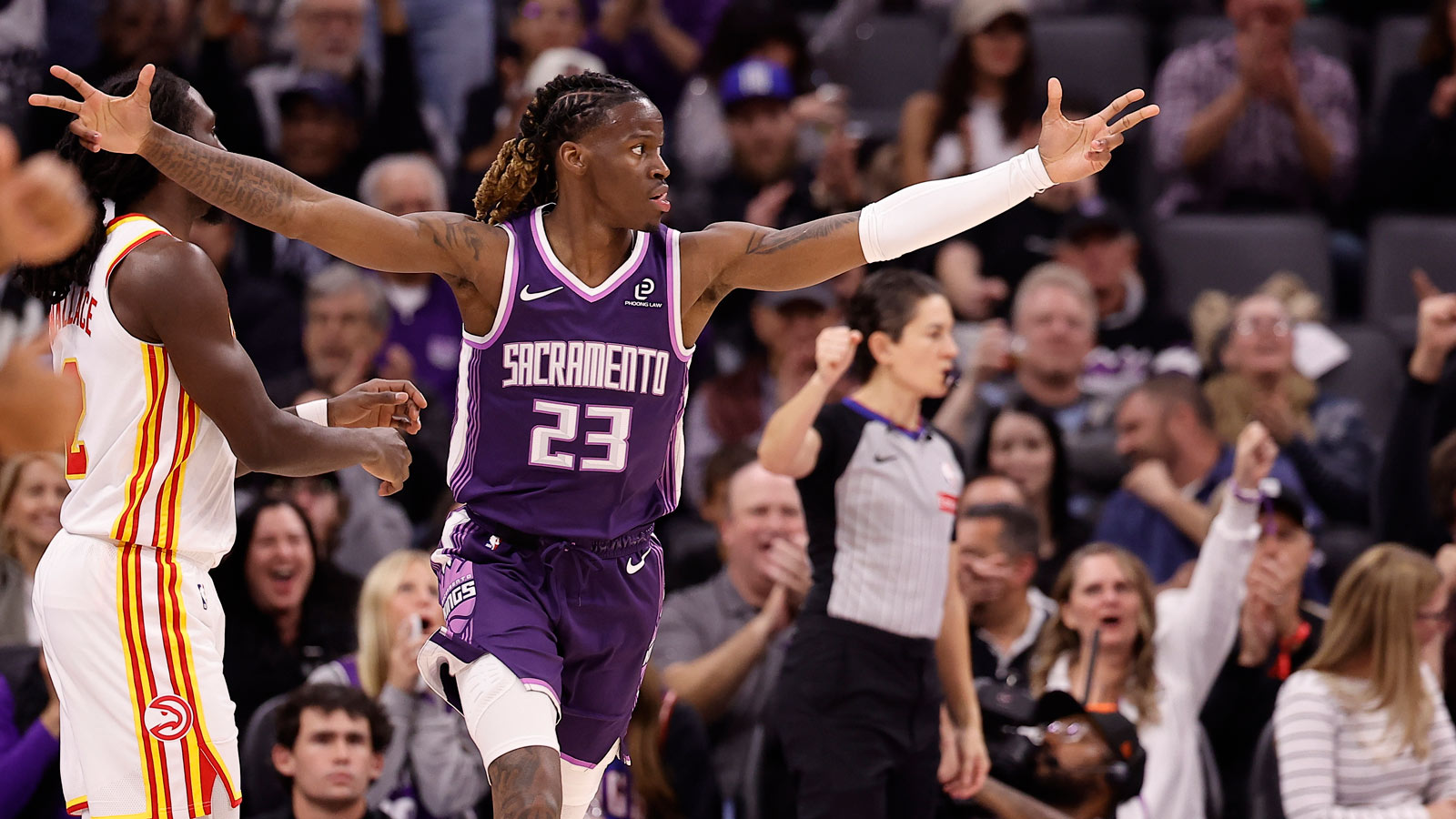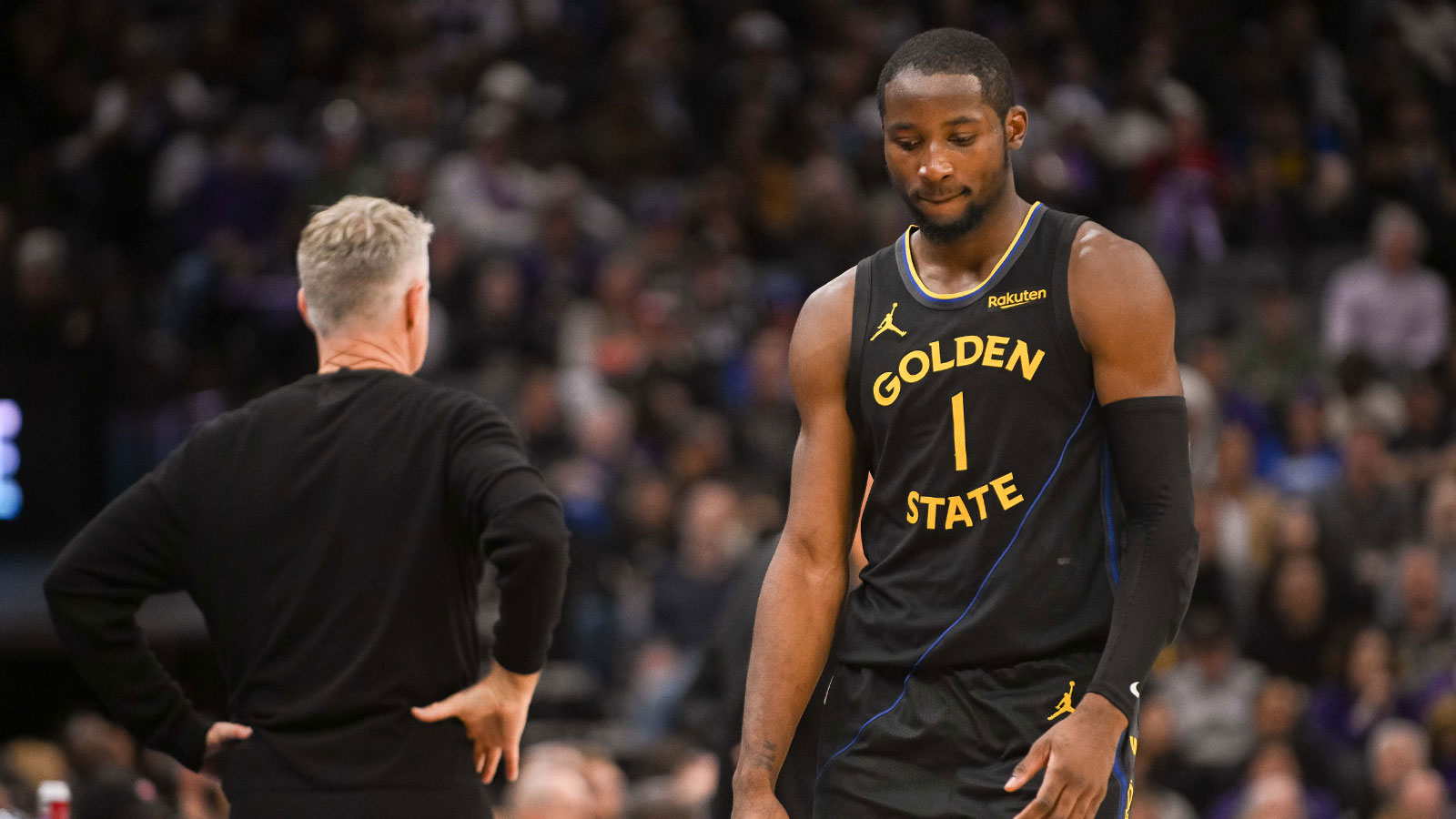In recent years, mainstream media has improved their coverage and representation of HBCU sports: think of the HBCU Legacy Bowl, Michael B. Jordan's Legacy Classic, the Celebration Bowl, etc. ESPN recently bolstered their HBCU coverage by airing both the women's and men's CIAA basketball tournaments on their network.
During one of the games, the telecast highlighted a number of HBCU alumni who have earned spots in the Hall of Fame. In this article, we will expand that list by mentioning HBCU Hall of Famers from all arenas.
Earl “The Pearl” Monroe (Winston Salem State)
Any list talking about HBCU greats in the basketball Hall of Fame has to start with Earl Monroe. A graduate of Winston-Salem State, Monroe was originally known as “Black Jesus” in the basketball world before Larry Bird's famous quote where he endowed Michael Jordan with the same nickname. Monroe led Winston-Salem to an NCAA Division II title in 1967, the same year he averaged 41.5 points per game.
That same year, the Baltimore Bullets selected Monroe with the second pick in the draft. After four seasons, two All-Star appearances, a Rookie of the Year award, an MVP award, and an All-NBA first team honor, the Bullets traded Monroe to the New York Knicks. Alongside other HBCU grads Dick Barnett and Willis Reed, Monroe powered the Knicks to a title in 1973. He played with New York until his retirement in 1980.
Sam Jones (North Carolina Central)
Sam Jones, known as “Mr. Clutch,” was one of the winningest players in NBA history as a member of the Boston Celtics. Before the Celtics, he played at North Carolina Central University. Between 1951-54 and 1956-57, Jones recorded 1,745 points and made 668 field goals and 409 free throws. Across 98 games, he averaged 17.8 points.
After the Minneapolis Lakers drafted Jones in the eighth round of the 1956 draft, he returned to school. The next year, the Celtics would take him with the eighth pick in the first round. Jones, a member of the 75th Anniversary team, won 10 championships as a co-star to NBA royalty Bill Russell. In his 12 year career, Jones only missed out on two potential championships.
Bob Dandridge (Norfolk State)
While many people remember Oscar Robertson and Kareem Abdul-Jabbar (then Lew Alcindor) as the main players on the 1971 Milwaukee Bucks championship team, few remember Norfolk State product Bob Dandridge. Dandridge set all sorts of records for the Spartans as he averaged a school-best 32.3 points per game in his 1968-69 senior year. Despite finishing as a runner-up, Dandridge's performance in the CIAA tournament earned him the MVP by scoring 50 points in a game and 114 over the course of the tournament. The previous year, he led the Spartans to a championship, and over his career, he led them to an 88-16 record.
The Bucks drafted Dandridge in the fourth round of the 1969 NBA Draft. He had an immediate impact, averaging 13.2 points per game. He stepped up the production in the 1971 playoffs, averaging 19.2 points as the Bucks swept the Baltimore Bullets in the Finals. Ironically, Dandridge would later help the rebranded Washington Bullets win a title in 1978.
John B. McLendon (North Carolina Central)
Let's take a brief switch from players to coaches to talk about North Carolina Central's John B. McLendon. McLendon was a true basketball savant, learning the game from the inventor of the sport Dr. James Naismith at the University of Kansas. He coached at Hampton Institute, Tennessee State, Kentucky State, and Cleveland State, but he's most known for his 12-year tenure at North Carolina Central. Early in his coaching career, McLendon established “The Secret Game” between NC Central and Duke University Medical School. The game was the first known racially integrated basketball game in history.
The Eagles were wildly successful under McLendon's supervision, either winning or appearing in championship games in 1941, 1946-47, and 1949-51. He invented multiple strategies that are employed today, such as the full court press, zone press, the pivot foot, and the “four corner” offense. McLendon became the first Black coach in a professional league and was the first Black coach at a PWI.
Charlaine Vivian Stringer (Cheyney)
A pioneer of the game, Charlaine Vivian Stringer was the first coach in all of basketball history to take three teams to the NCAA Final Four, including Cheyney. Stringer began her coaching career at Cheyeny in the early 70s. Under Stringer's coaching, the Cheyney women's basketball team thrived for over a decade. They won 18 games every year for her first eight seasons. In the 1979-1980 season, the Wolves kicked it up a notch, earning their first 25-win season of Stringers' tenure. They proceeded to win 27, 28, and 27 games for the remainder of her tenure. In 1982, Cheyney made it all the way to the NCAA Division I championship game, though they fell short to Louisiana Tech. Cheyney is the only HBCU to make it to the final round of the NCAA tournament.
Earl Lloyd (West Virginia State)
Before breaking the integration barrier in the NBA, Earl Lloyd toyed with his opponents as a student at West Virginia State. Lloyd led the Yellow Jackets to two CIAA conference titles and a championship in 1948. Lloyd remained a staple on the All-Conference list for three years and was an All-American in 1949 and 1950.
In 1950, Lloyd made history by becoming the first Black player to participate in an NBA game as a member of the Washington Capitols. He continued to break barriers by becoming the first Black player to win an NBA championship with the Syracuse Nationals, and was the first Black assistant coach with the Detroit Pistons.
1957-1959 Tennessee State men's basketball team
In 2019, the 1957-59 Tennessee State (then known as Tennessee A&I) men's basketball team was enshrined into the Naismith Hall of Fame. The team, coached by John B. McLendon, won the 1957 NAIA national basketball championship, making them the first HBCU to win a national basketball title. The team continued their success in the following years, winning NAIA titles in 1958 and 1959. They were led by John “Rabbit” Barnhill and Dick Barnett, the latter of which would go on to win an NBA title with Earl Monroe and Willis Reed as a New York Knick.
Ben Wallace (Virginia Union)
Ben Wallace is the most recent contributor to this list as he played in the 90s through the early 2010s. Before the NBA, Wallace brought his defensive tenacity to Virginia Union, fueling them to CIAA championship appearances in 1995 and 1996. He also earned two First Team All-CIAA selections. Despite his success at Virginia Union, Wallace went undrafted. He landed in Washington for a few years and had a quick stint in Orlando before taking off with the Detroit Pistons. He was a key defensive piece for the Pistons as they knocked off the Kobe Bryant and Shaquille O'Neale Los Angeles Lakers in the 2004 NBA Finals. Over his career Wallace earned four Defensive Player of the Year trophies, made five All-NBA teams, and had four All-Star appearances.
Clarence E. Gaines (Winston-Salem State)
The last coach on this list is Clarence E. “Big House” Gaines, the head coach and athletic director at Winston-Salem State for 47 years. Gaines was a graduate of Morgan State University as an All-American football player, though he left for Winston-Salem soon after graduation. In 1946, he did everything for the Rams as the head football and basketball coach, athletic director, and ticket manager. He coached the football team from 1946-1949 and was even recognized as the CIAA “Football Coach of the Year” in 1948.
Gaines's trophy case is won of the largest in coaching history as he earned CIAA Basketball Tournament Outstanding Coach Awards in 1953, 1957, 1960-61, 1963, 1966, 1970, and 1977. He was the CIAA Basketball Coach of the Year in 1957, 1961, 1963, 1970, 1975, and 1980. The CIAA enshrined Gaines into their Hall of Fame in 1975, but he hadn't even retired. He continued to coach up until 1993.
Alvin Attles (North Carolina A&T)
Alvin “Al” Attles played for the North Carolina A&T Aggies from 1956-1960 alongside fellow Hall of Famer Hugh Evans. Attles spearheaded the Aggies' CIAA championship teams in 1958 and 1959. After graduating in 1960, Attles had a plan to teach physical education back in his hometown in New Jersey. Instead, the Philadelphia Warriors drafted him in the fifth round of the 1960 NBA Draft. Attles spent his entire playing career with the Warriors as they transitioned from Philadelphia to San Francisco. He played alongside Wilt Chamberlain for several years, including on the fateful day where Chamberlain recorded 100 points. Attles continued to remain with the Warriors after retirement, spending 13 seasons as the head coach. He led the Warriors to 557 wins and a championship in 1975. He also served as the general manager, vice president, and team ambassador.
Hugh Evans (North Carolina A&T)
Hugh Evans arrived to North Carolina A&T just as Attles was leaving. The two played together in 1960, after which Evans took over. Despite his gifts on the basketball court, the baseball diamond beckoned Evans, even after the St. Louis Hawks of the NBA drafted him in 1963. Evans continued to pursue baseball, but ended up becoming a basketball referee at New York's famous Rucker park.
Evans instantly fell in love with calling games, becoming an official NBA referee in 1973. Over his 28 years, Evans called 2,000 regular season games, four All-Star games, 170 playoff games, an 35 Finals games.
Willis Reed (Grambling)
Willis Reed was a product from Grambling State University between 1961 and 1964. The second he got on campus, he led the Tigers to an NAIA championship. Over his career, he was a First Team All-American, a two-time NAIA All-American, and a three-time NAIA All-Tournament team member.
In 1964, the New York Knicks selected Reed in the second round of the draft. Just like at Grambling, Reed made an immediate impact by winning the Rookie of the Year award and an All-Star appearance, the first of seven. In 1970, Reed and Walt Frazier helped the Knicks earn their first title in franchise history. Three years later and flanked by HBCU products Dick Barnett and Earl Monroe, Reed led the Knicks to another championship.
Zelmo Beaty (Prairie View)
In 2016, the Naismith Hall of Fame posthumously inducted Prairie View A&M's Zelmo Beaty. Across his career from 1958-62, Beaty averaged 25 points and 20 rebounds for the Panthers. He led them to an NAIA championship in 1962 and earned the tournament MVP.
Later that year, the St. Louis Hawks drafted Beaty with the third overall pick. He played seven years with the Hawks in the NBA, earning two All-Star appearances. In 1970, he switched to the ABA to play with the Utah Stars, powering them to a championship with 23.2 points and 14.6 rebounds per game. In his four seasons with Utah, Beaty earned three All-Star selections, two All-ABA honors, and finished second and third in MVP in 1971 and 1972. Beaty finished his career back in the NBA with the Los Angeles Lakers.
Nat Clifton (Xavier)
Those who have seen the 2023 movie “Sweetwater” know the history of Nat Clifton, the first Black player to sign an NBA contract. Clifton played at Xavier University of Louisiana in the early 40s and immediately stamped himself as a key contributor when he became the first and only freshman in XULA men's basketball history to score 40 points in a game.
Clifton would sign a contract with the New York Knicks in 1950 at the age of 28. He spent most of his career in New York, earning an All-Star appearance in 1957. Clifton was the first Black player to appear in an NBA Finals game, though the Knicks did not win. He finished his career in 1958 as a member of the Detroit Pistons.

